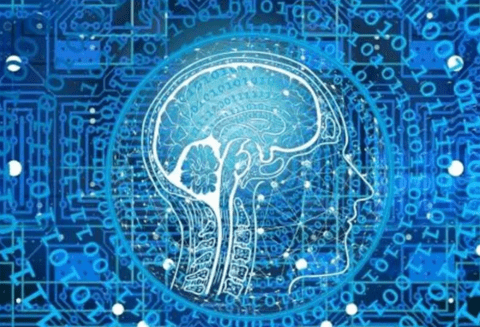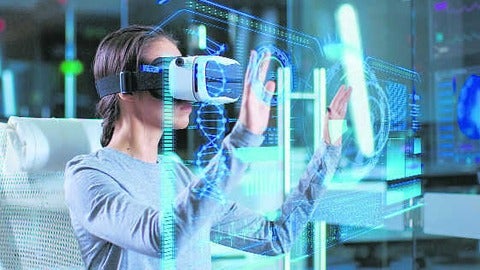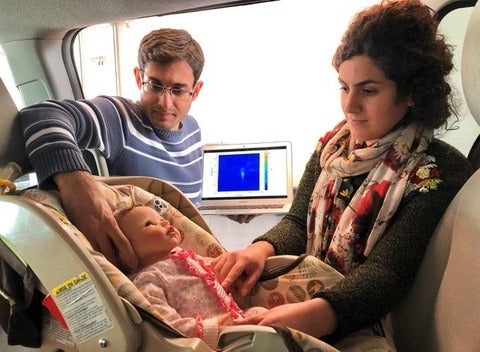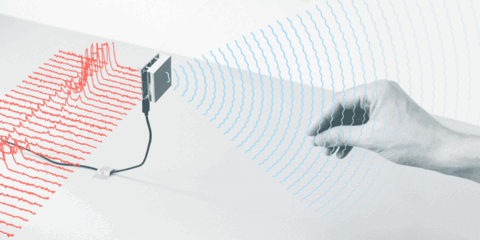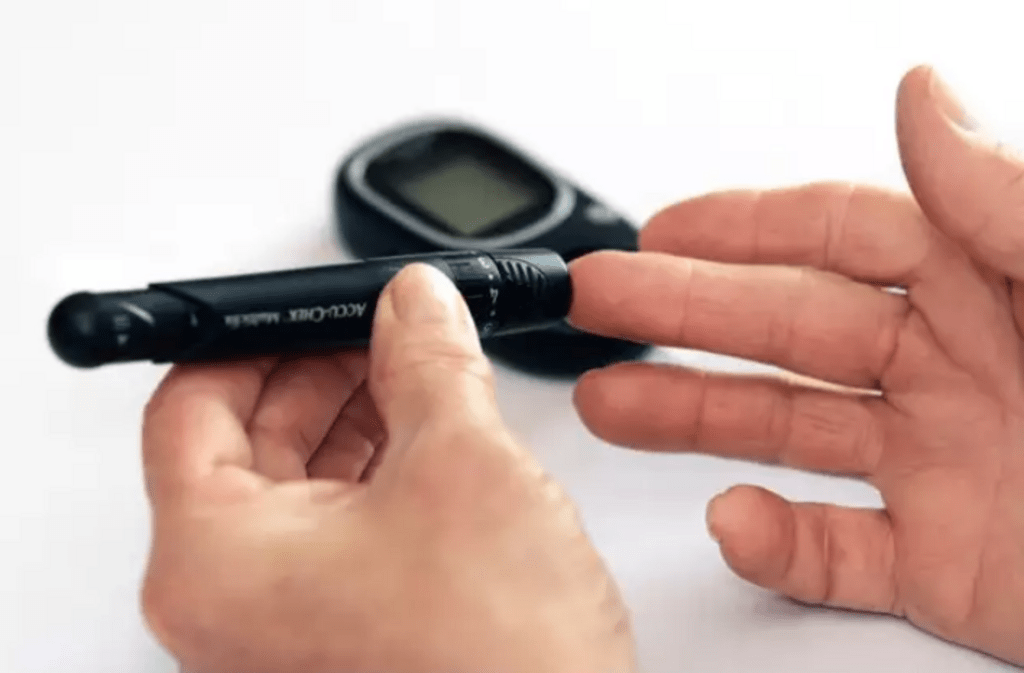New device that alerts drivers when kids or pets have been left in hot cars could save lives
Reports of animals and children trapped in sweltering cars have become a common occurrence during hot spells, and now scientists have developed a sensor that could save lives.
The device works by triggering an alarm when youngsters or pets are left alone in vehicles.
The sensor, developed by researchers at the University of Waterloo in Canada, combines radar technology with artificial intelligence to detect unattended children or animals.
Researchers say it does this with 100 per cent accuracy.
